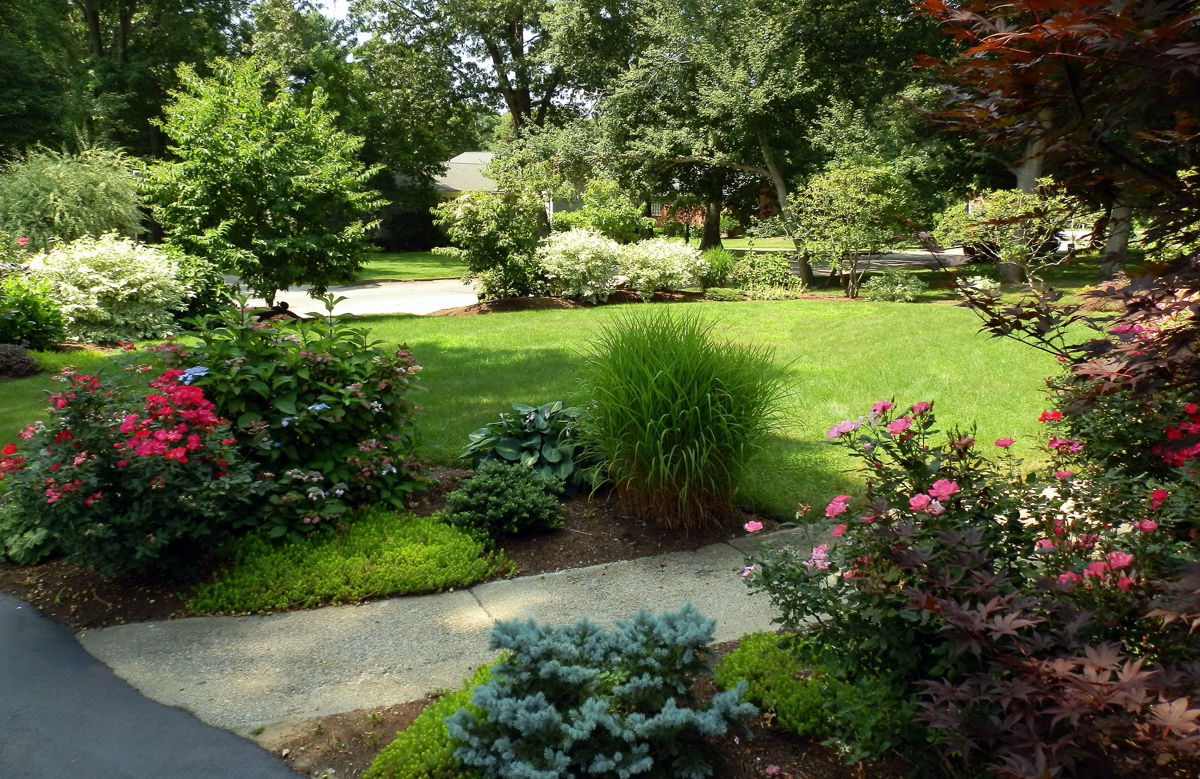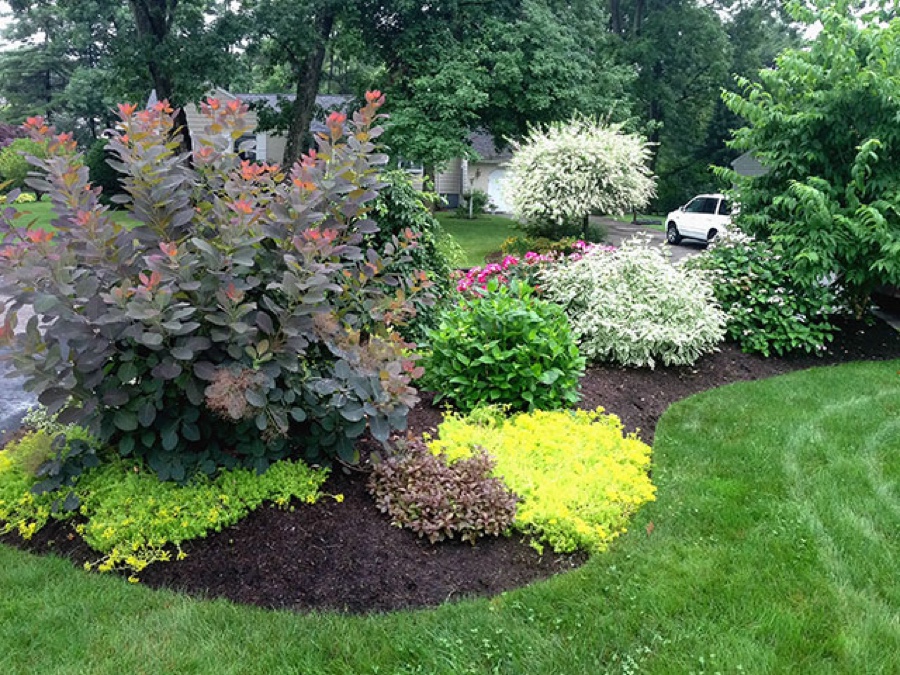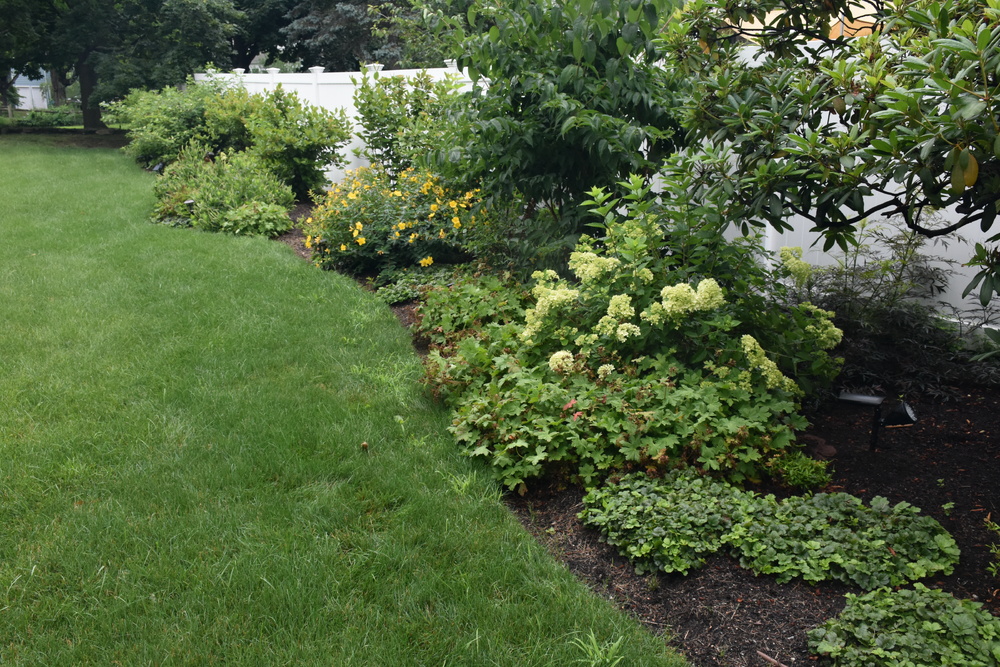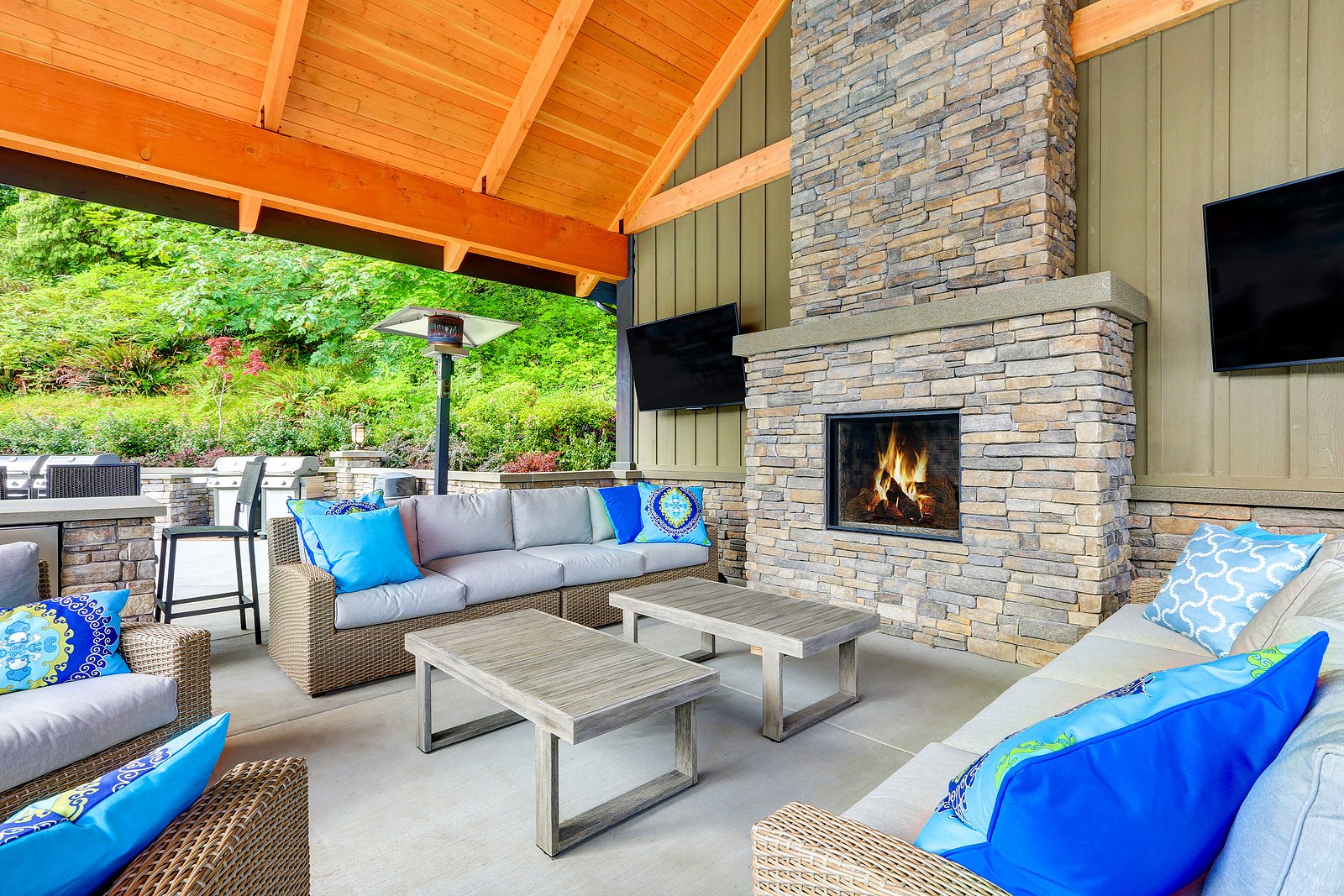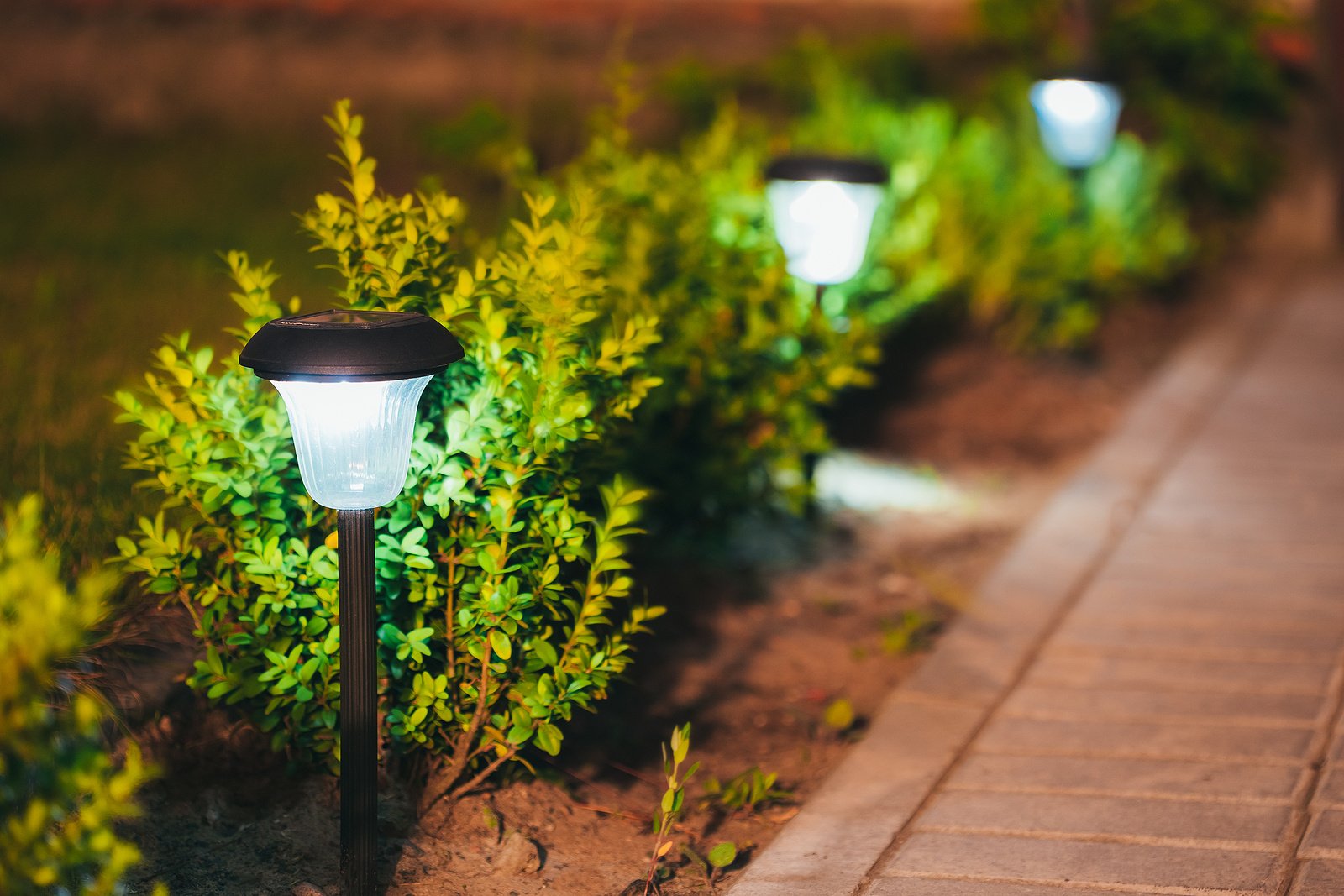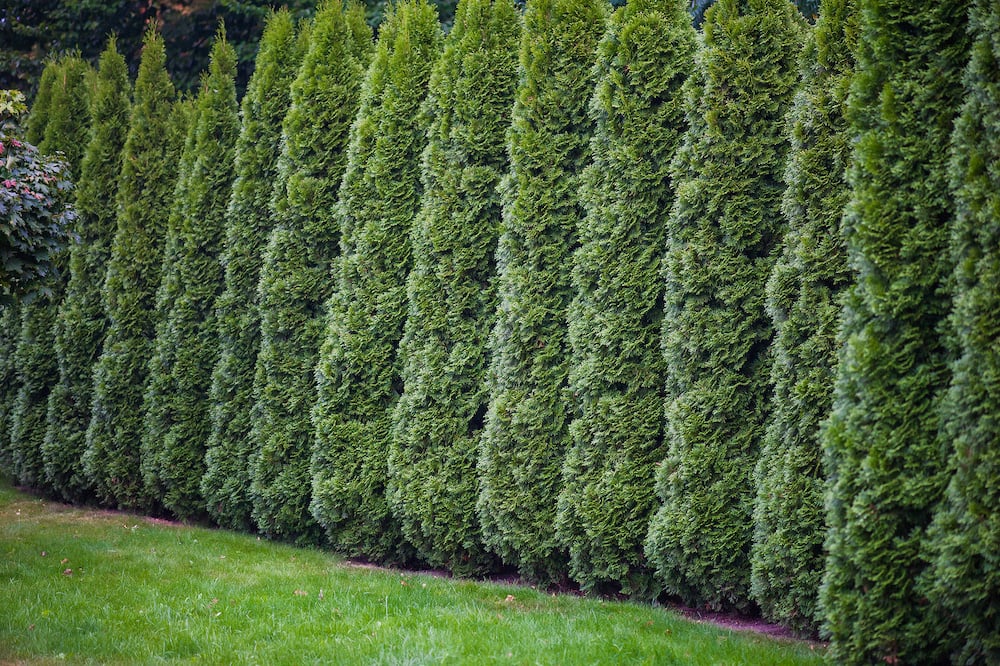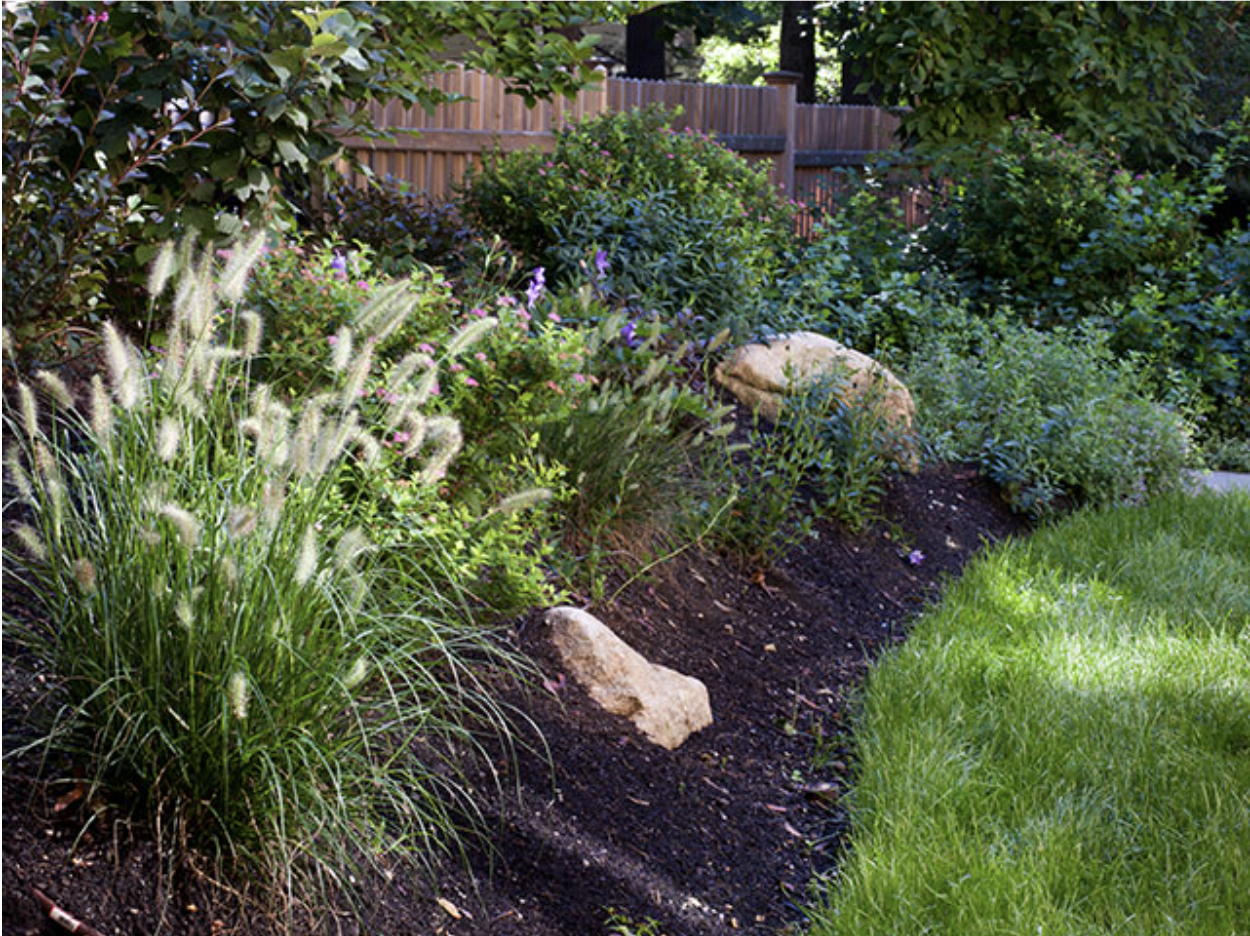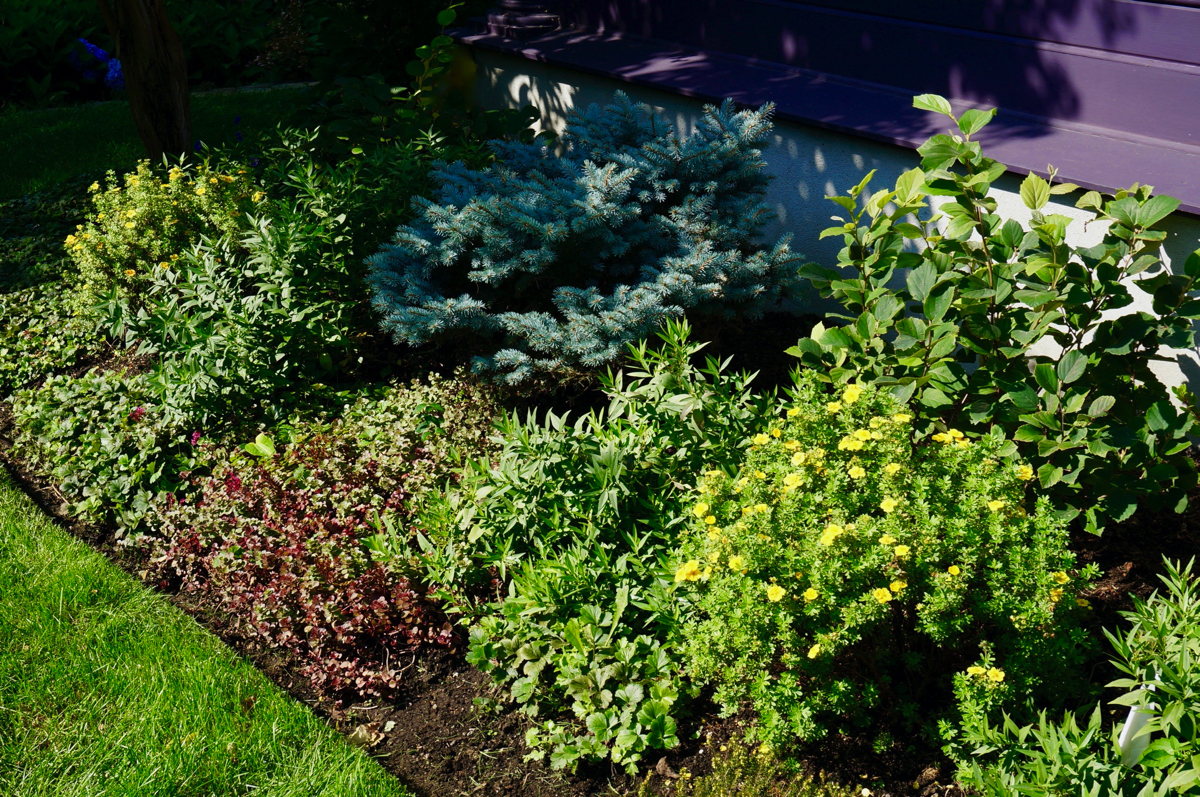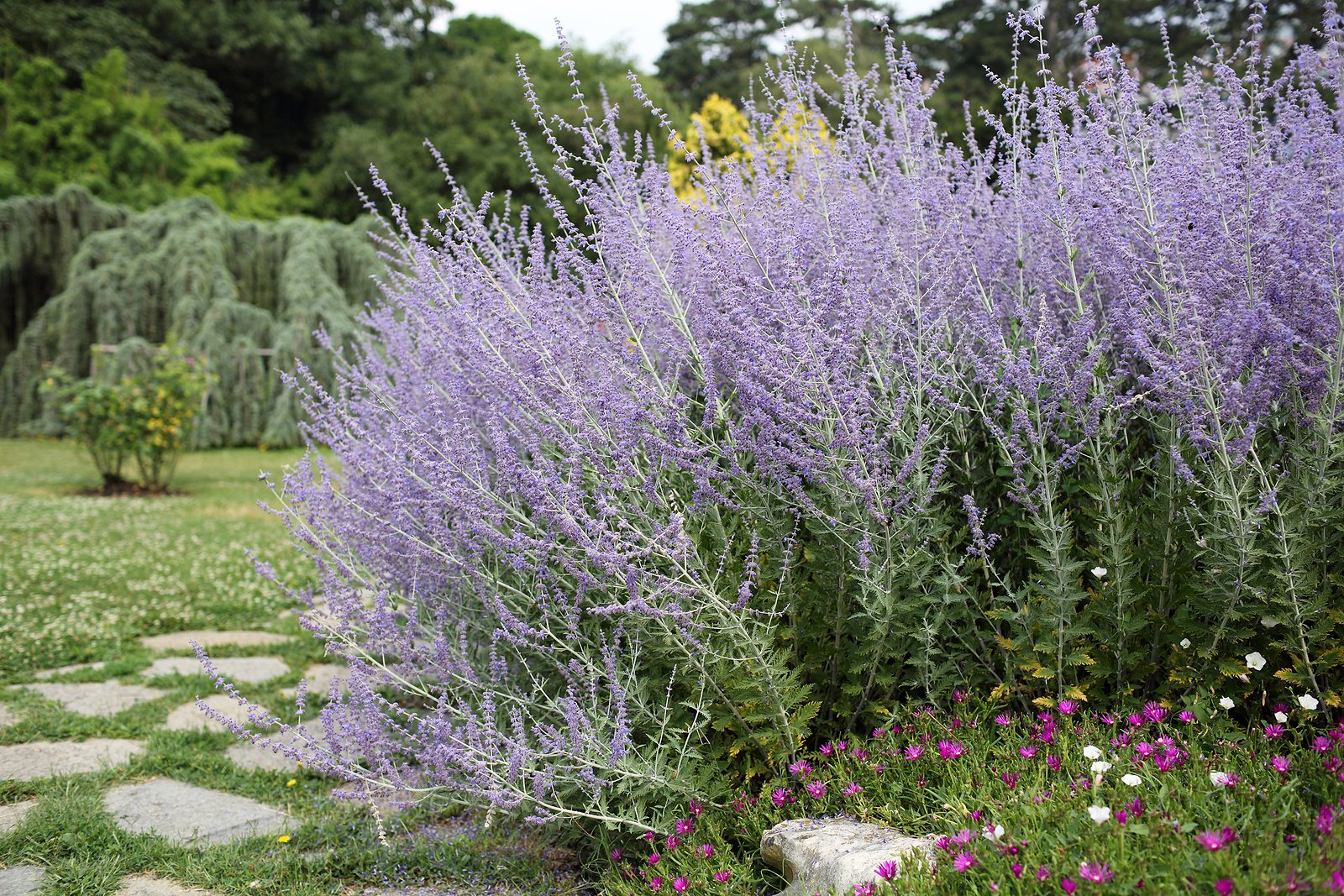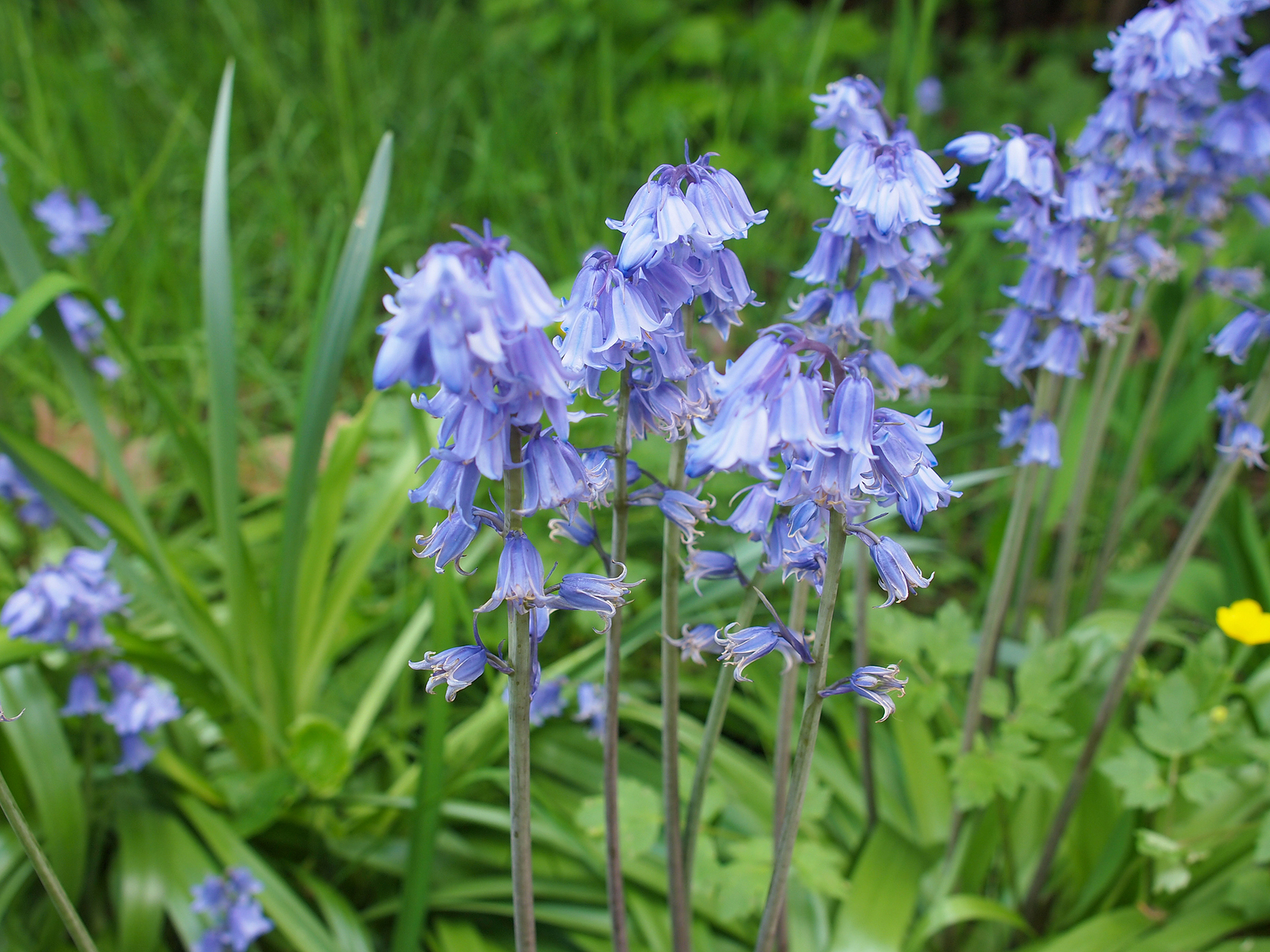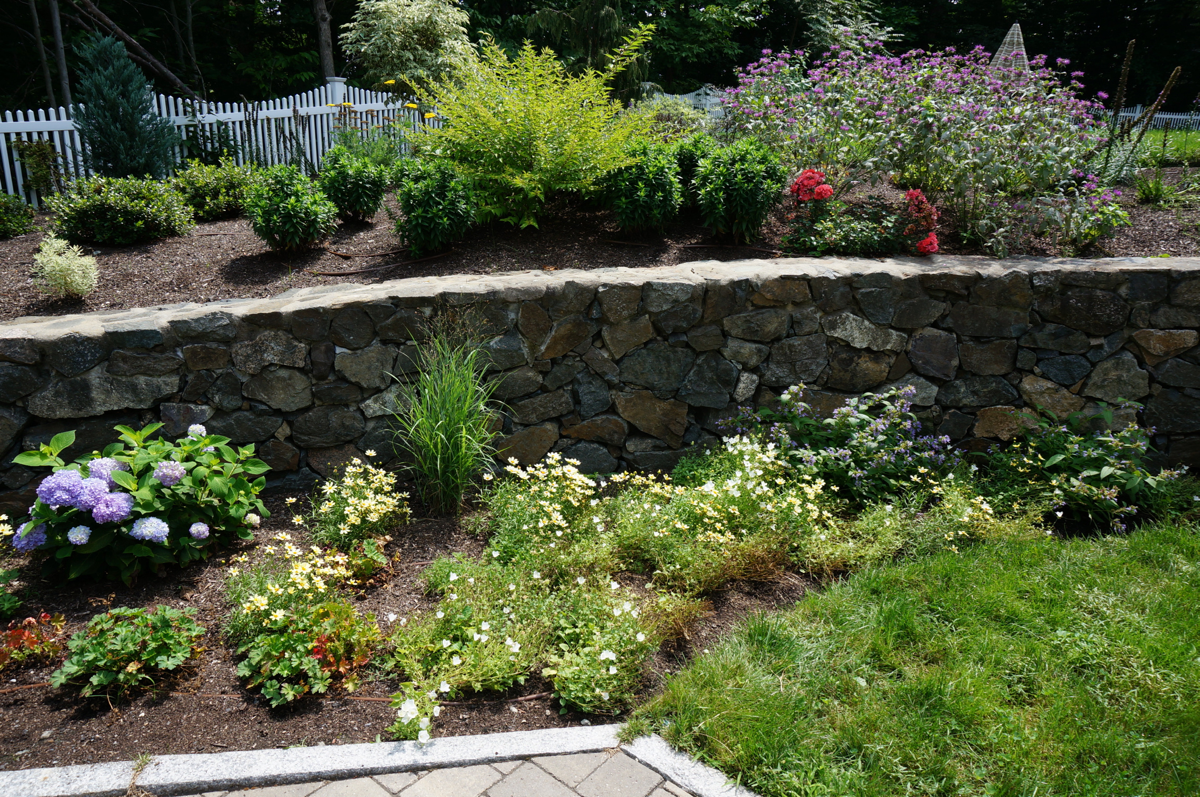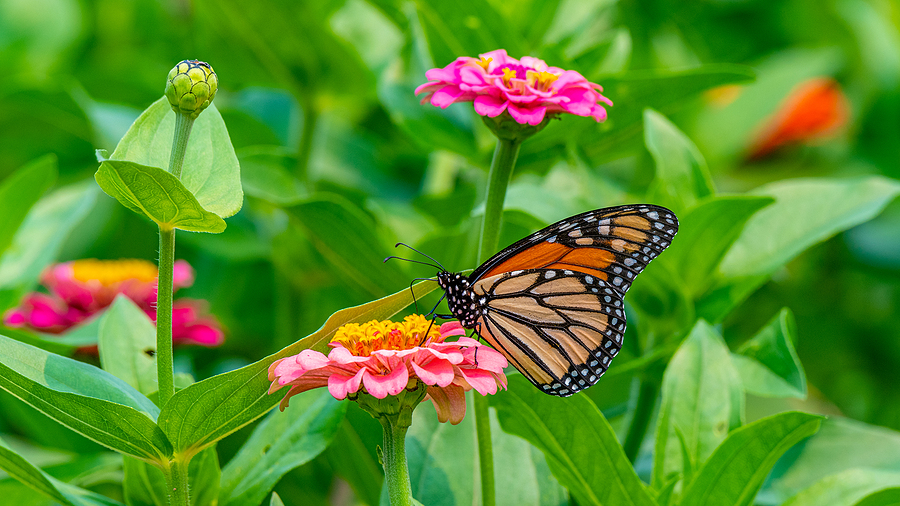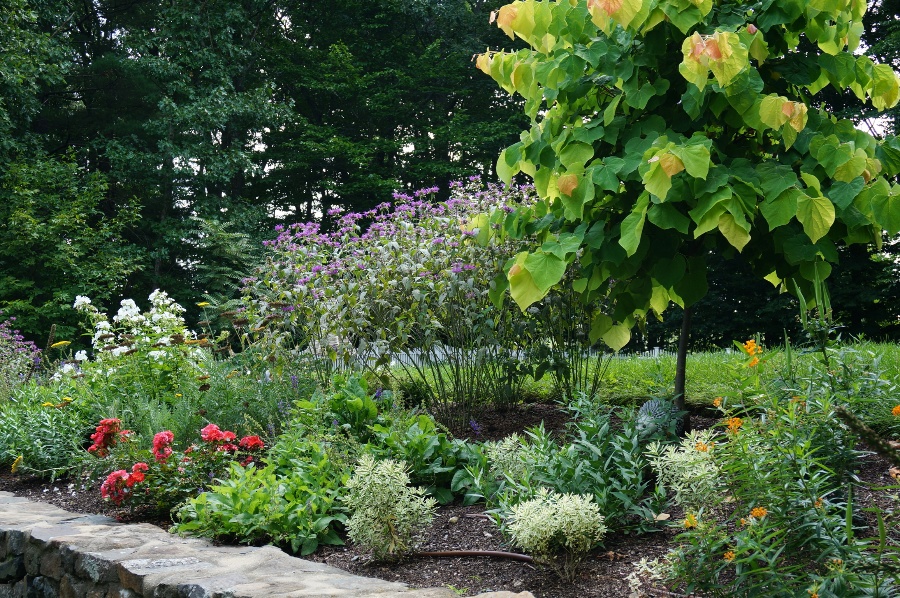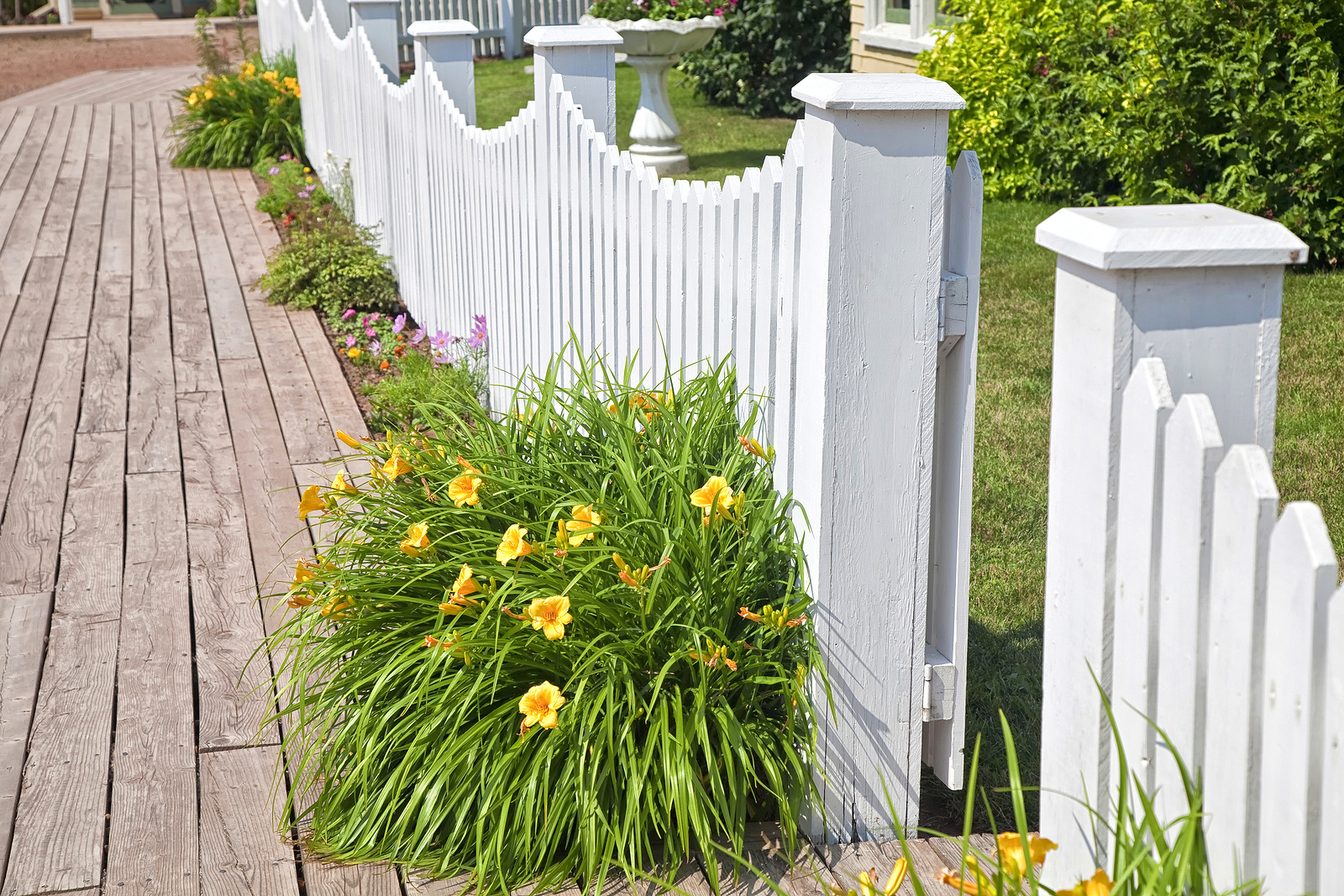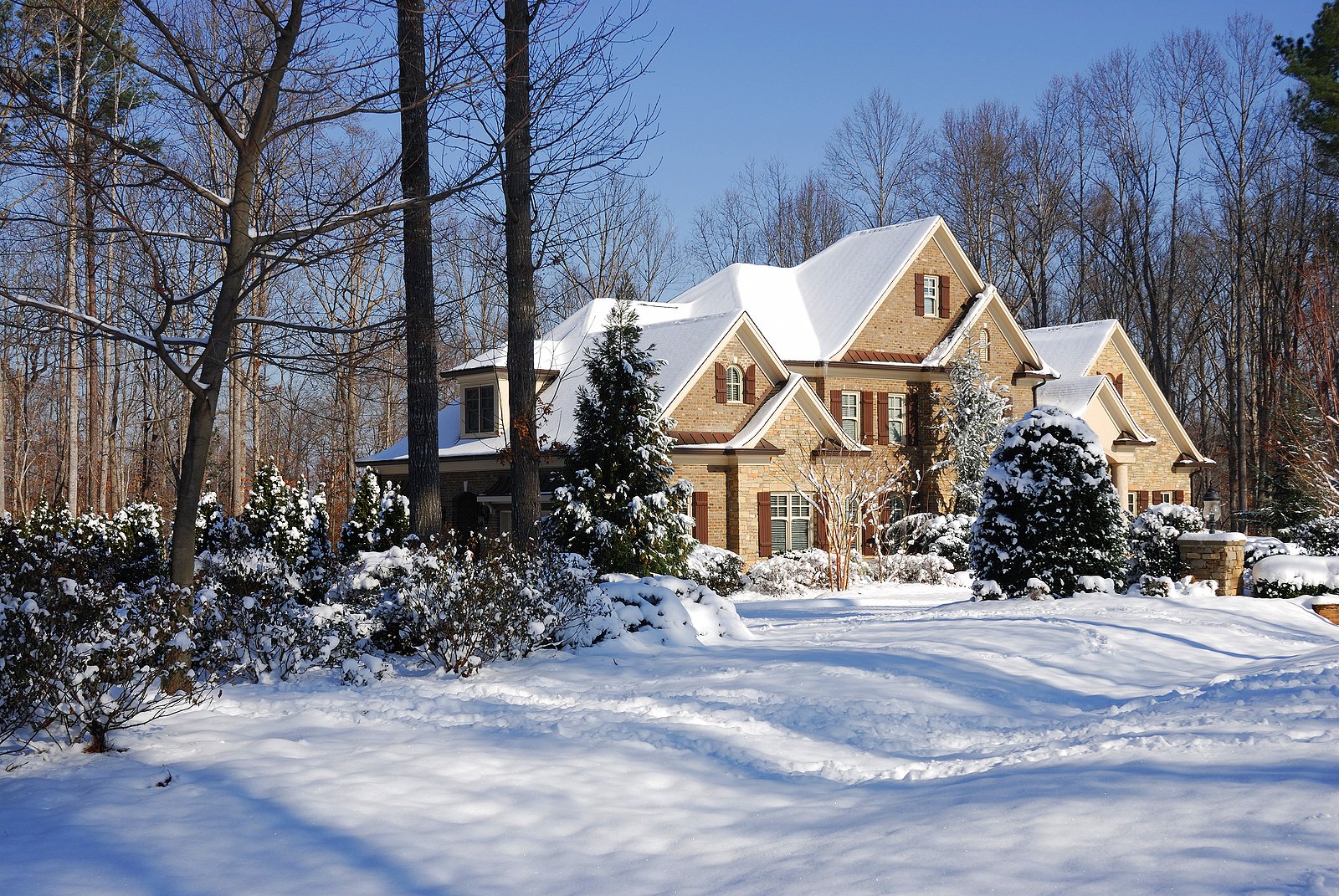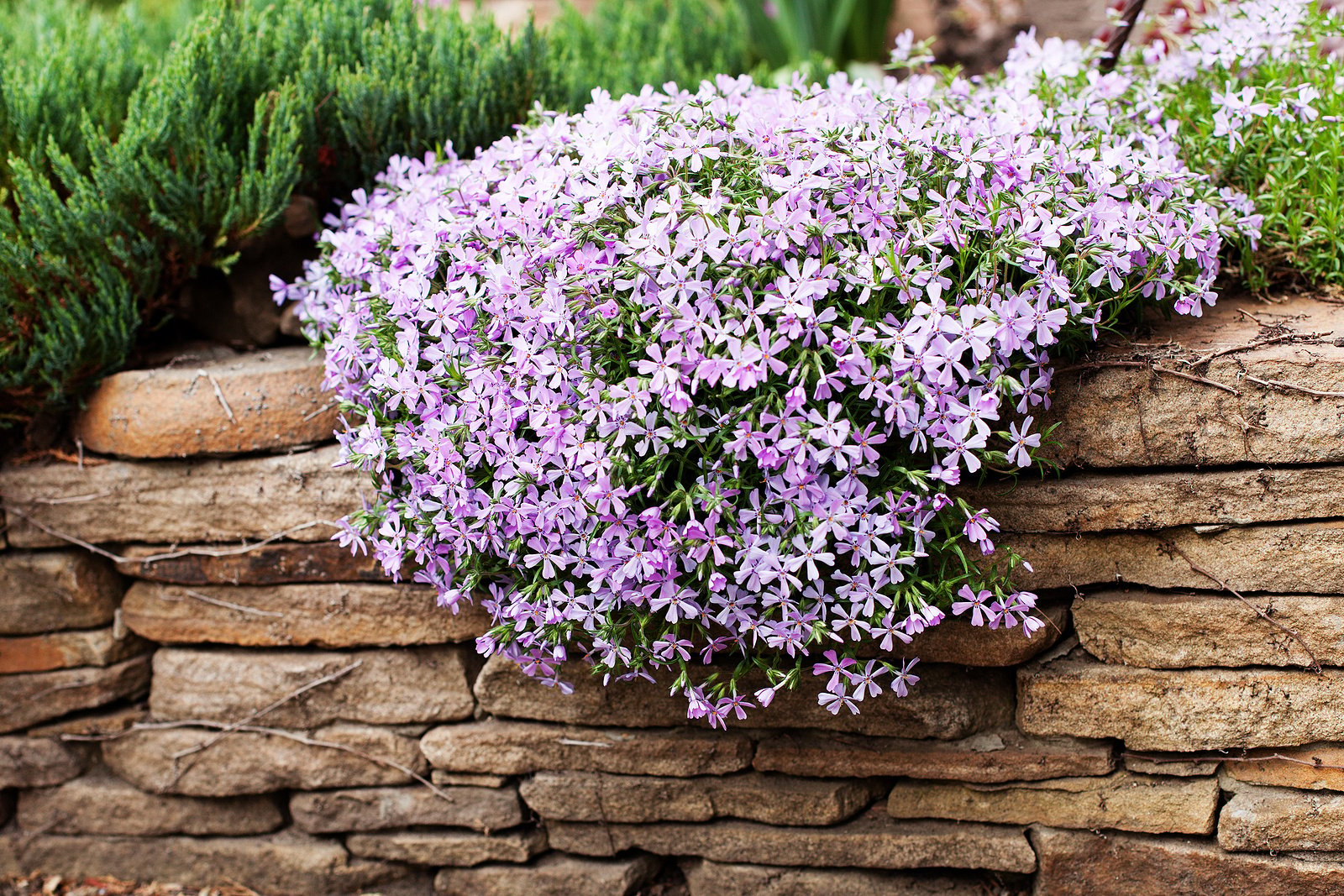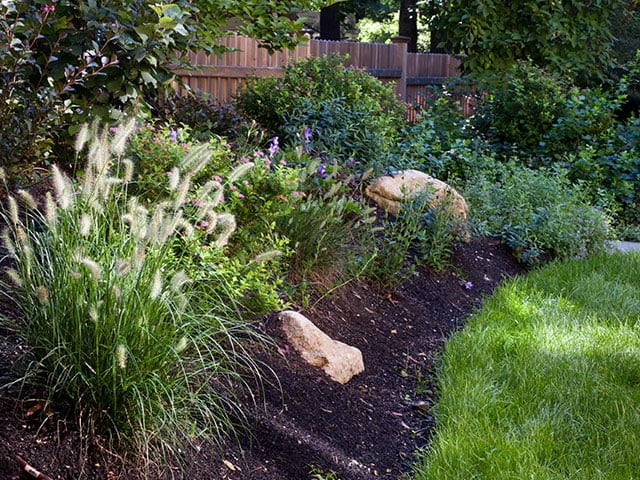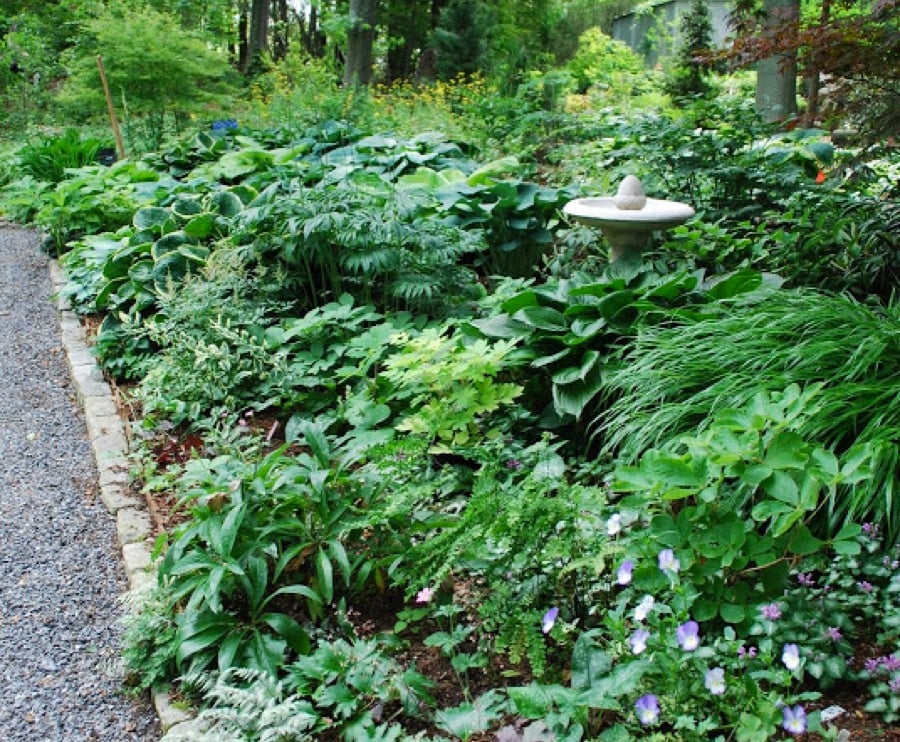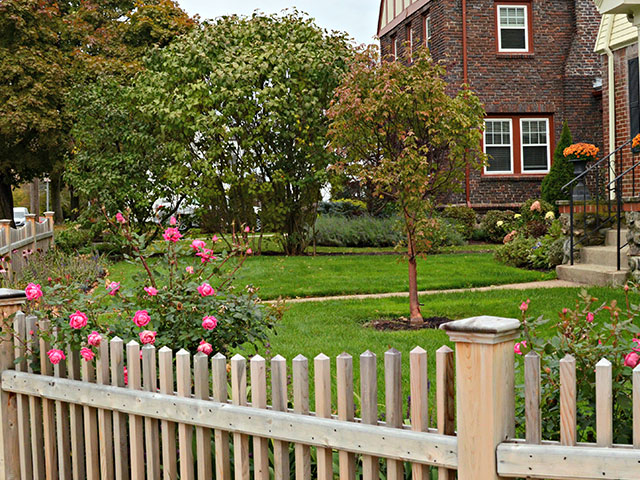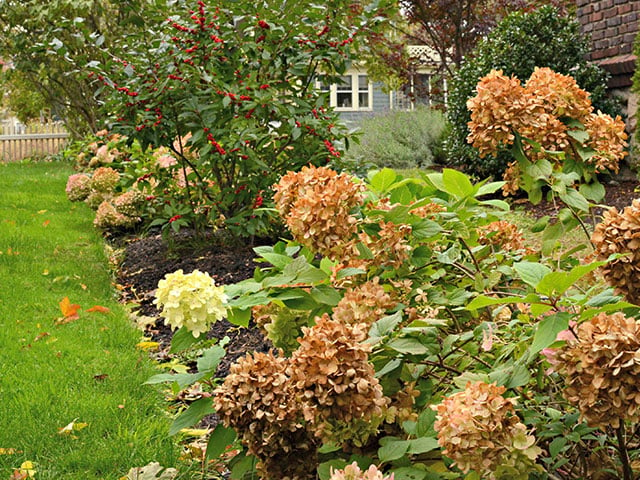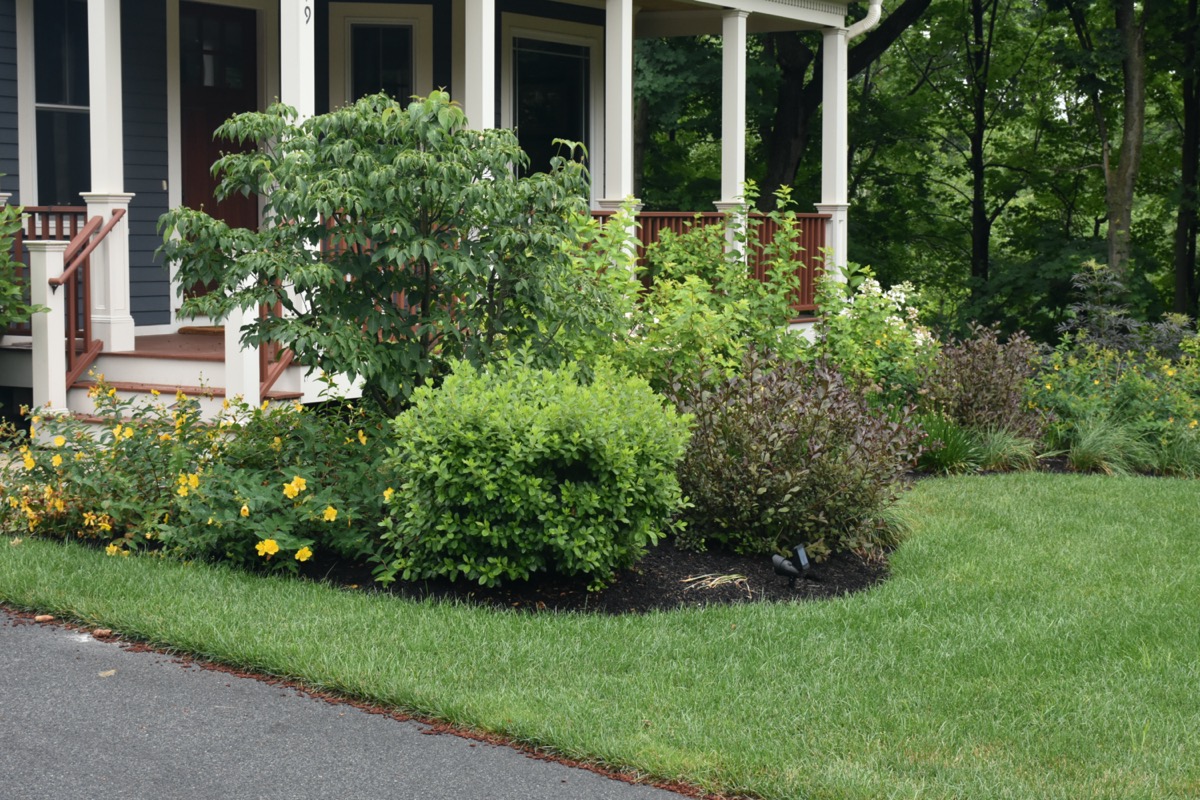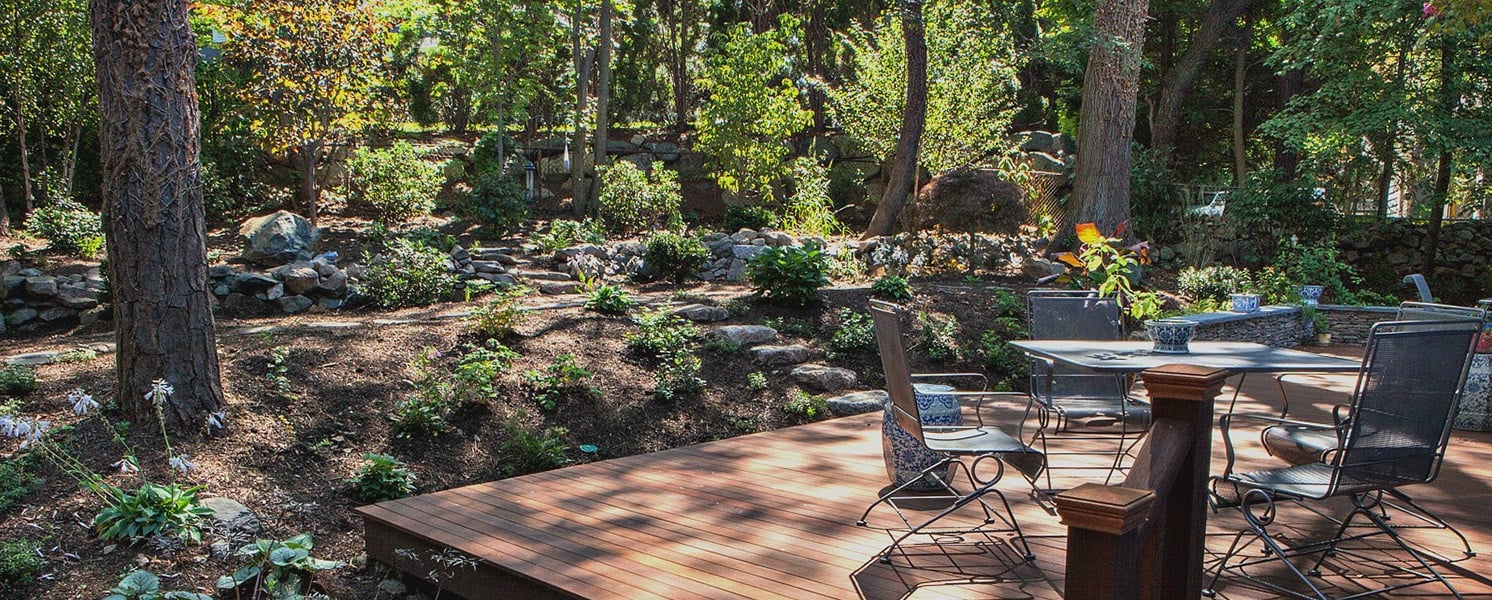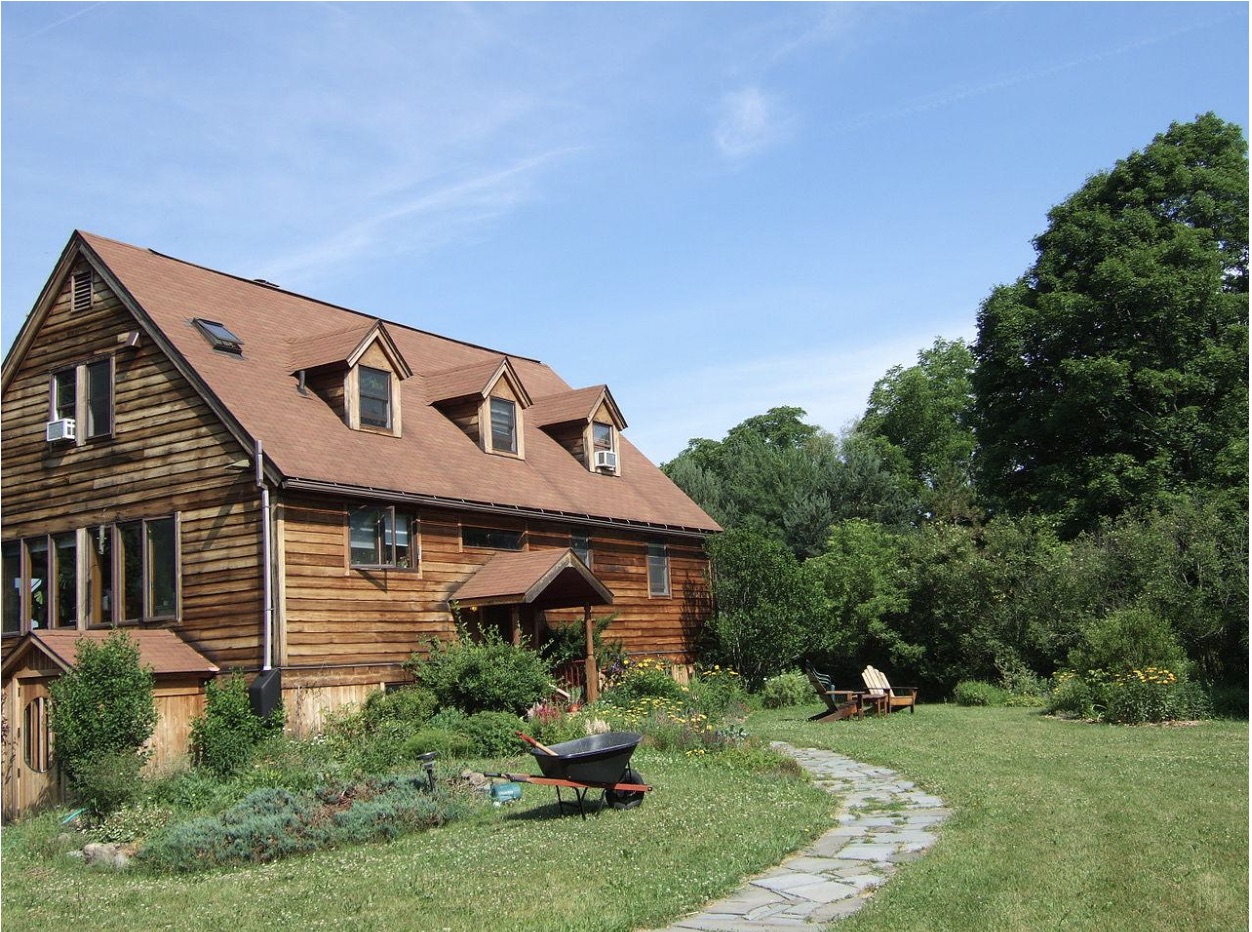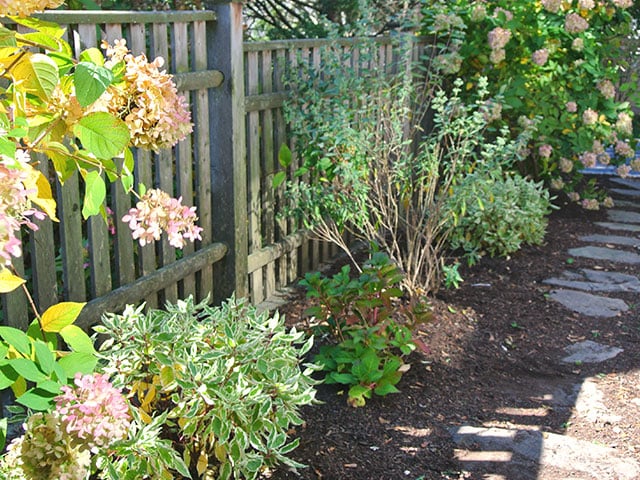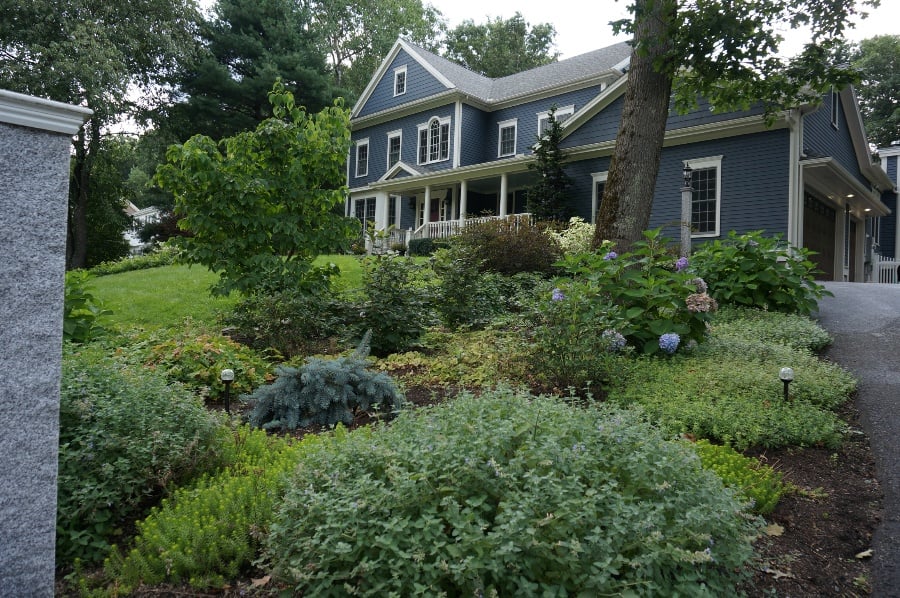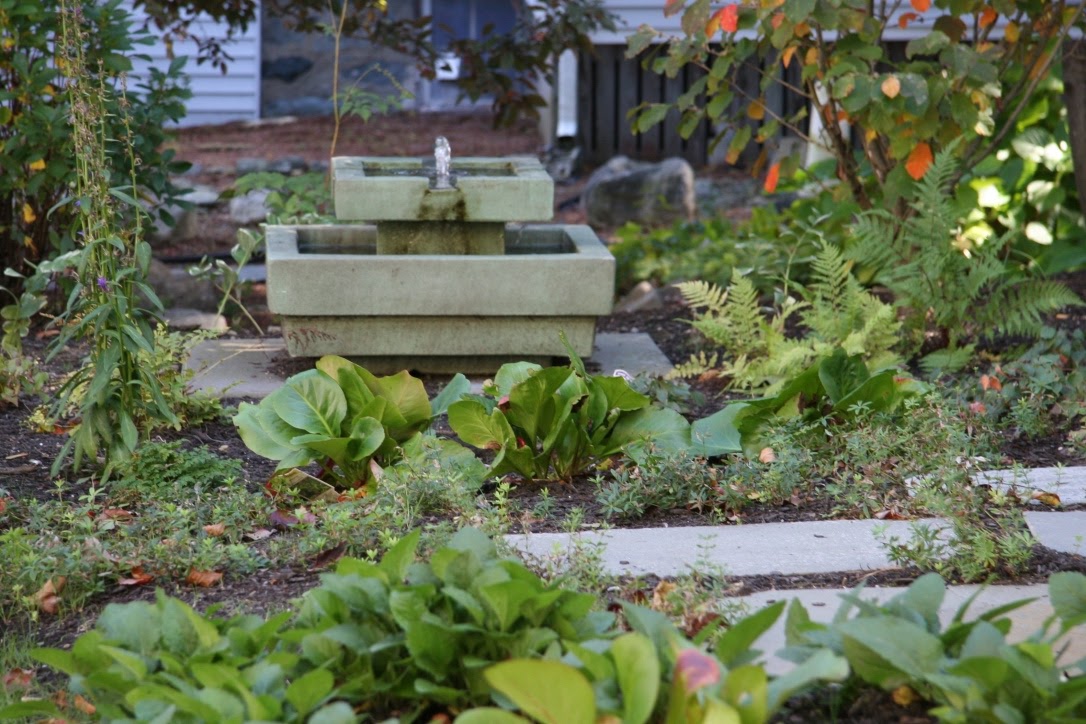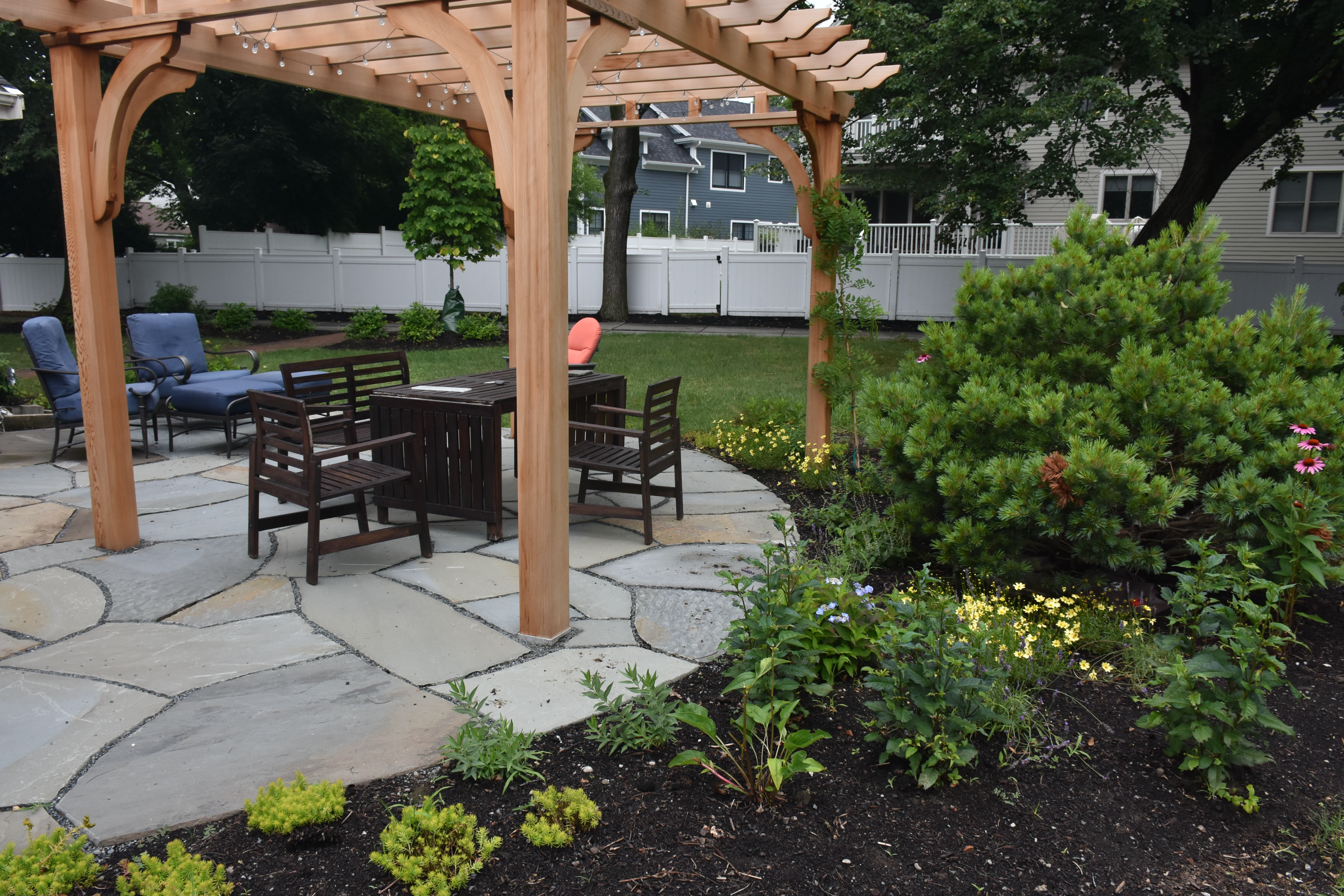It’s tempting to follow the latest landscaping trends — bright new colors, fast-growing plants or flashy features that look great in year one.
But what happens five years later, when that trendy gravel courtyard feels dated or your fast-growing shrubs have outpaced their space? Many homeowners find themselves redoing yards that looked great at first but didn’t age well.
That’s why smart landscape planning steps focus on longevity: selecting plants, materials and layouts that improve with time, not fall apart. Whether you’re planning a major landscaping project or simply updating your front yard, a thoughtful design process can help create an outdoor space that matures beautifully, adapts to changing needs and stays relevant for decades.
How to Design a Landscape That Evolves Naturally
Start with the Big Picture
Before choosing a single plant, start with a thorough site analysis. That means looking at sunlight, topography, soil conditions, and drainage patterns — all of which shape what your yard can support over time.
Take stock of existing features like driveways, walkways, retaining walls and existing plants. Ask yourself: How will your outdoor space be used now, and how might that change in 10 or 15 years?
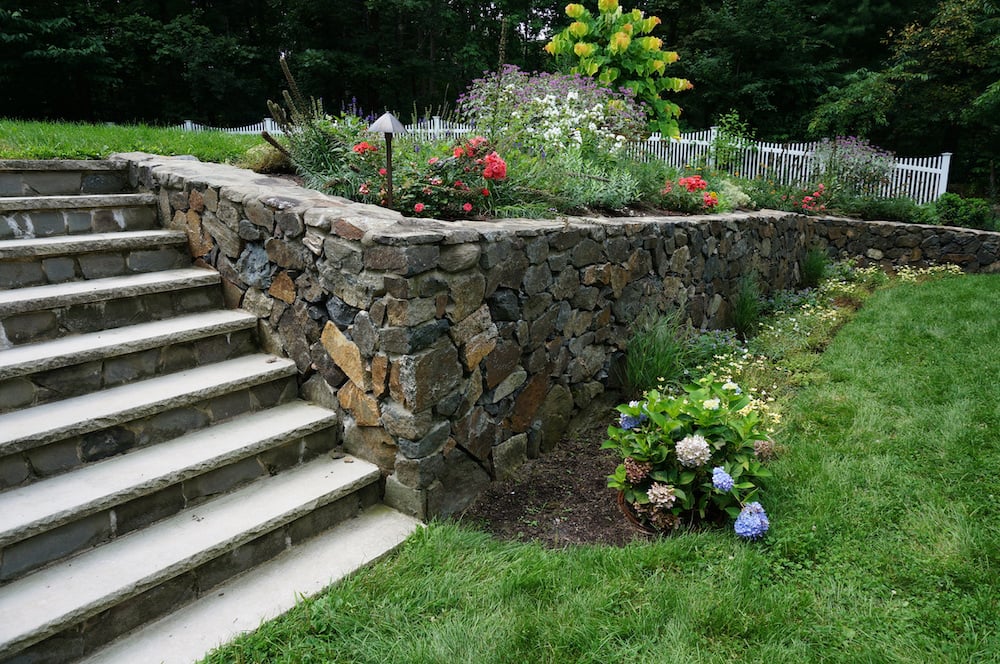
If you have kids, maybe today’s play area will become tomorrow’s vegetable garden or seating area. Understanding your site and how your needs may evolve is the foundation of a landscape that ages gracefully.
Define Clear, Functional Spaces
The next step in successful landscape design is to organize the space based on how you’ll use it — what designers call functionality.
Begin with a step-by-step layout of functional zones: perhaps a hardscape such as a patio, a living area near the house, a central focal point like a tree or sculpture, walkways that connect key spaces and quiet corners for reflection or hobbies.

Use clear transitions between zones — like planting beds, low retaining walls or subtle changes in materials — to create flow and purpose. Designing these elements first ensures that the landscape works for your lifestyle, and makes it easier to incorporate future updates without starting over.
Choose Plants That Improve with Age
When selecting plant material, favor trees, shrubs and perennials that offer structure and seasonal interest without excessive upkeep. Native or well-adapted types of plants tend to be more resilient, and their growth patterns are easier to predict.
Focus on plants that develop deeper character over time — such as flowering trees that mark the seasons, or layered flower beds with evolving blooms. Include practical elements like ground cover to fill gaps and reduce weeding, and be realistic about soil type, watering needs, and maintenance.

For design elements, go for classic materials like natural stone, brick or wood that weather attractively and won’t go out of style.
Balance Beauty with Flexibility
A truly timeless landscape plan leaves room for change. Your final plan shouldn’t lock you into rigid decisions, but instead create a flexible framework where new garden design ideas can evolve.
Leave space in planting beds for future additions, and build in places where a bench, arbor or other feature can be added later. Respect property lines, of course, but don’t be afraid to use plants or curves to soften them.
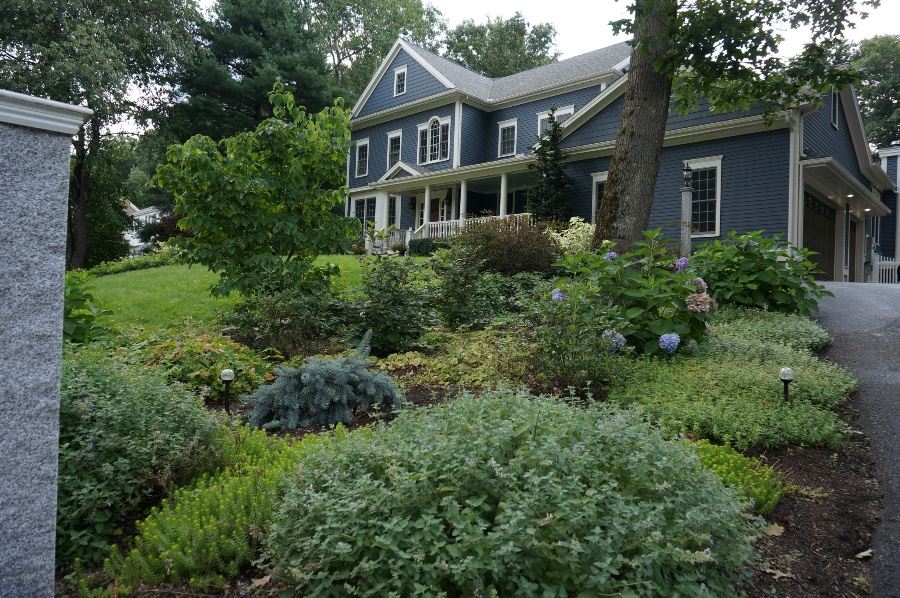
Embrace design principles like balance, rhythm and proportion — not just what’s “on trend.” Whether it’s a front yard refresh or full home landscape redesign, this mindset ensures your yard matures with intention, not stress.
Build Your Final Plan
The most successful landscapes aren’t rushed — they’re guided by a clear, step-by-step plan.
But this doesn’t mean everything has to be installed at once. In fact, phasing your design plans over time allows you to invest in quality materials and make smarter decisions.
A well-developed landscape planning process considers not just plants and pathways, but how all the landscape features relate and support one another over time. From the starting point to the final details, the focus stays on durability, functionality and a landscape that feels right for your home — not just today, but for the years to come.
To learn more about designing a custom landscape for your home, download our free ebook, The Mindful Homeowner's Guide to Transformative Landscape Design. If you're ready to get started on your new landscape project, or simply want to learn more about the process, you can contact our team here to schedule a free consultation. We'd love to talk to you!


